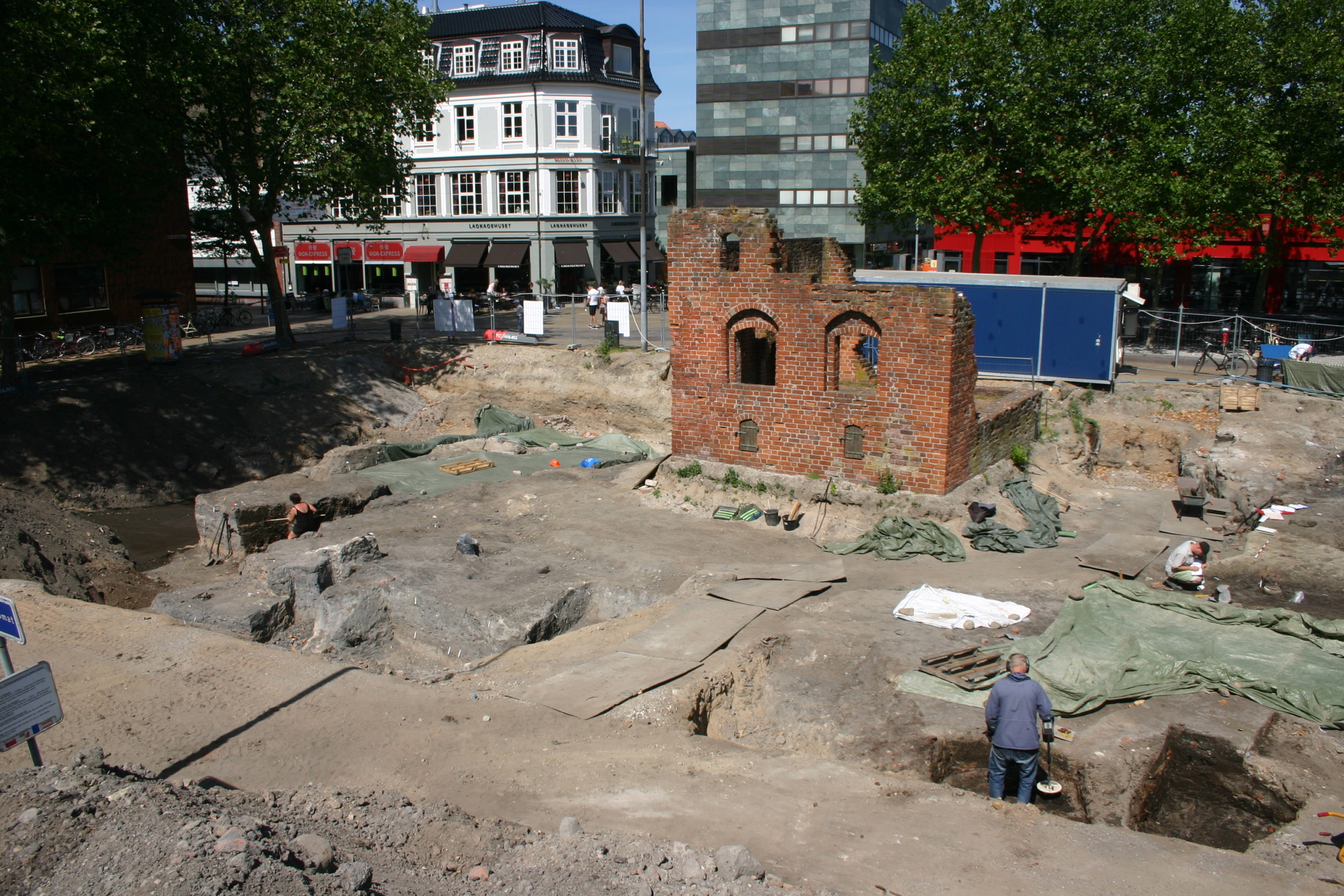Urban encounters, which were supported by The Velux Foundations, was a four year research and dissemination project which was being developed in cooperation with the Museum of Copenhagen, Odense City Museums, the Nya Lödöse Project in Gothenburg (which includes the Swedish National Historical Museums, Bohusläns Museum and Gothenburg City Museum) and the Center for Urban Network Evolutions based at Aarhus University’s School of Culture and Society. At Odense City Museums, the project management was handled by the research centre manager, Mads Runge, while the most tangible contribution was a Ph.D. dissertation, prepared by Ph.D. fellow, Kirstine Haase.

The project investigated the establishment and development of cities in Scandinavia in the period between AD 1000 and AD 1700 using extensive material that had been brought to light through three major archaeological projects in Odense, Copenhagen and Nya Lödöse. The studies allowed for contextualised analyses of the medieval and early modern urbanisation process at a completely new scale. The project was particularly concerned with the connections between urbanisation, migration and the formation of urban identities, expressed through material culture. It was partly an extensive research into the materiality of the urbanisation processes and the networks that can be discovered from the find material. It also included the development of a mobile exhibition platform which were used for site-specific exhibition, learning processes and public involvement in the course of the project.
The research aspect of the project was structured on the basis of four main questions:
The project ran from the 1st January 2016 to the 31st December 2019.
The funding helped to finance:
Two Ph.D. projects at the Centre for Urban Networks, and the Museum of Copenhagen and Odense City Museums, respectively.
Project management and network meetings.
Two international seminars which focus on the project’s themes.
Four peer-reviewed articles written in collaboration between the different groups involved in the project.
Non-specialist publicising of the project’s results via the website, videnskab.dk.
Joint teaching material and courses.
Development of a mobile museum concept with site-specific digital and object focussed exhibition elements.
Within the framework of the project, a dissemination concept had been developed, known as The Mobile Museum. This museum concept showed how the archaeological finds inform us about the cities’ connections to the rest of the world from AD 1000 to AD 1700. The idea behind the mobile museum was to ‘pop-up’ in the urban environment outside the usual parameters of museums, thus meeting the audience on their daily journey through the city in order to achieve a more direct and lively interaction. Since 2017, it had been possible to experience The Mobile Museum in Gothenburg, Odense and Copenhagen on several occasions and, in the coming years, it will be seen in more places around Scandinavia.